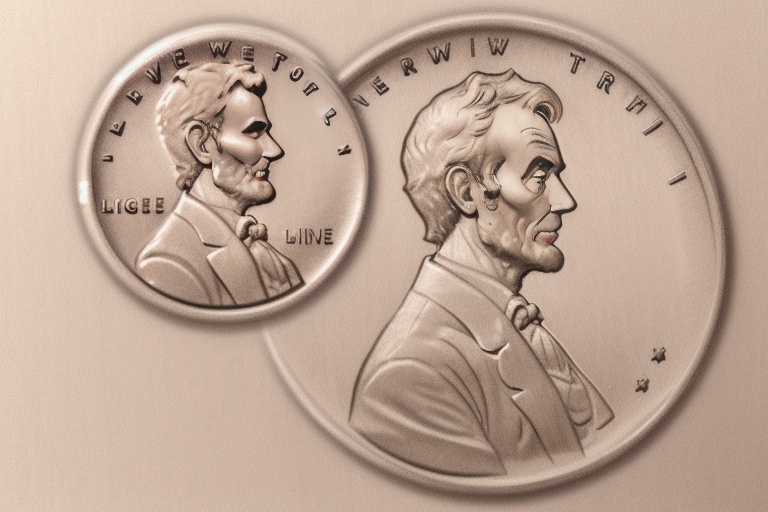Welcome to our blog, a hub for numismatic enthusiasts and those interested in the intricacies of coin values and collecting. Today's discussion centers around the enigmatic saga of the Zimbabwean dollar—its remarkable inception, terrifying spiral into hyperinflation, and its ultimate fall from grace. The currency's journey from 1980 to 2009 is not just a sequence of events but a dramatic economic narrative that highlights the critical need for sound monetary policies and stable financial management. For both the passionate collector and the curious reader, understanding the Zimbabwean dollar's tumultuous past not only informs us about its collectible significance but also offers a stark lesson in the precarious balance of economic forces.
Welcome to our blog, a hub for numismatic enthusiasts and those interested in the intricacies of coin values and collecting. Today's discussion centers around the enigmatic saga of the Zimbabwean dollar—its remarkable inception, terrifying spiral into hyperinflation, and its ultimate fall from grace. The currency's journey from 1980 to 2009 is not just a sequence of events but a dramatic economic narrative that highlights the critical need for sound monetary policies and stable financial management. For both the passionate collector and the curious reader, understanding the Zimbabwean dollar's tumultuous past not only informs us about its collectible significance but also offers a stark lesson in the precarious balance of economic forces.
Zimbabwe's Monetary Origins
The story of the Zimbabwean dollar begins in 1980, emerging from the ashes of Rhodesia's dollar upon Zimbabwe's independence. It was initially pegged to the US dollar, but as time passed, this parity would become a distant memory. In the early years, the Zimbabwean dollar functioned within a healthy economy, displaying the hallmarks of a promising, stable currency that citizens and the international community had confidence in. However, this period of prosperity was not to last.
The Turn of the Tide
As the years progressed, cracks began to appear. Poor fiscal policies, land reforms, and political instability slowly deteriorated the economy's foundation, sowing the seeds of inflation. The currency soon entered a downward spiral, marked initially by moderate inflation that grew into a hyperinflationary vortex by the mid-2000s. The world watched in awe as figures lost meaning and the currency's value plummeted at an alarming rate.
Hyperinflation and Its Causes
Hyperinflation is a severe economic condition characterized by an extreme and rapid increase in prices, often exceeding 50% per month. Zimbabwe's hyperinflation was a consequence of several interlinked factors including rampant government spending, creation of excess liquidity, and a series of ill-fated land reform policies that crippled the agricultural sector, once the backbone of the economy. The results were catastrophic: prices doubled in short time frames, and the currency's purchasing power all but evaporated.
Government's Countermeasures
In response to escalating inflation rates, the government implemented a series of re-denominations, knocking zeros off their currency in an attempt to realign its value. These measures, however, failed to address the underlying economic problems and only served as temporary band-aids. Subsequent re-denominations followed, but confidence in the Zimbabwean dollar continued to wane.
Alternative Currencies
As the crisis deepened, citizens and businesses turned to more stable foreign currencies such as the US dollar and South African rand. This shift indicated a profound loss of faith in the national currency, and although unofficial, it became a matter of survival as the Zimbabwean dollar's relevance faded. Foreign currency use became so prevalent that the government eventually recognized these currencies as legal tender within the country's borders.
The Currency's Collapse
The year 2009 marked the end of the Zimbabwean dollar as an official currency. It was a period of both great turmoil and intense fascination for economists and numismatists alike. No longer part of the monetary system, old banknotes transitioned from a medium of exchange to collectible artifacts of a financial calamity.
Numismatic Value
Today, although the Zimbabwean dollar no longer holds economic power, it attracts substantial interest from a numismatic perspective. The notes, especially those with astronomical denominations, tell a visual story of the hyperinflationary period. They serve as tangible reminders of the economic consequences of monetary mismanagement and are pursued by collectors for their historical significance and as cautionary symbols.
The Echoes of the Zimbabwean Dollar
The profound impact of the Zimbabwean dollar's hyperinflation resonates beyond the realm of numismatics. It offers a critical examination of fiscal and economic policy and governance. The lessons learned from Zimbabwe's experience underline the importance of maintaining a stable currency to avoid the pitfalls that lead to economic disarray.
As we prepare to delve deeper into the intricate details of the re-denominations, the currency's withdrawal, and the overarching implications of hyperinflation on Zimbabwean society, we encourage our readers to stay engaged. Future articles will offer expanded insights into each of these areas, providing a comprehensive overview of the rise and fall of one of history's most intriguing currencies. Join us as we continue to explore the multifaceted world of coin collecting, where each coin is not just a piece of metal but a fragment of history's grand tapestry.
Information for this article was gathered from the following source.

